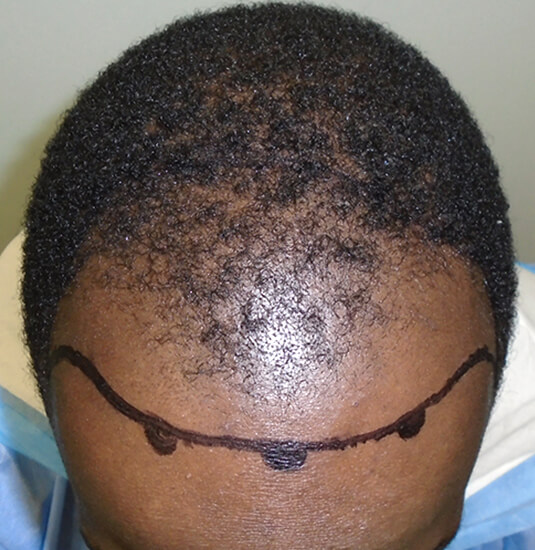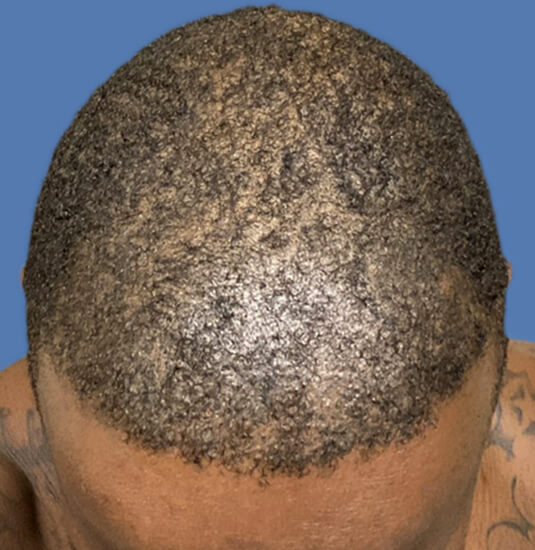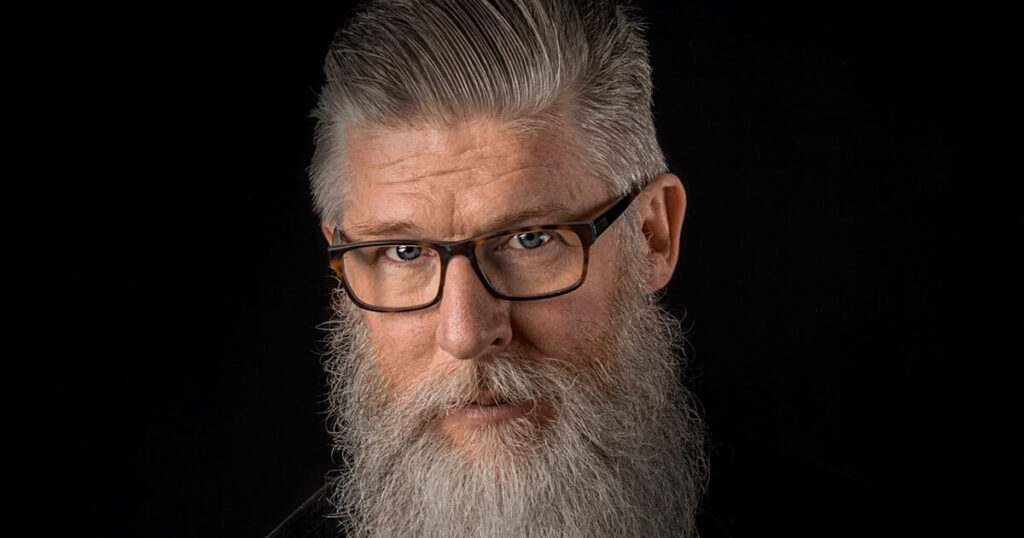Hair transplants are equal parts medical science and artistry. Thanks to large strides in recent decades, today’s technology allows medical practices to perform hair restoration that is better and more natural looking than ever before. But it also requires an artist’s touch that can only be honed with decades of experience. Unfortunately, not all hair restoration clinics have what it takes.
If you are “shopping around” for a hair transplant to reverse your hair loss, you should make sure you ask the right questions during your consult. Otherwise, providers that don’t have your best interest at heart might lure you in with flashy marketing and pushy sales pitches.
Nine Questions To Ask During Your Hair Transplant Consultation
1. Ask About the Number of Hair Grafts You Will Need
When you have a hair transplant, your physician or technician extracts donor hair from one area of your scalp and implants it into the area that needs hair. This is done one so-called graft at a time. Each graft consists of one or up to four hair follicles with their accompanying tissue and skin.
Hair transplants typically range from 1,000 to 3,500 grafts. How many grafts you need depends on the extent of your hair loss as well as the type of your hair. Find out how many grafts you need by uploading your picture for a same-day quote.




2. Don’t Only Ask About Cost per Graft
It’s true that hair transplants are typically priced on a cost/graft basis. While it’s tempting to choose the provider with the lowest cost per graft, you need to make sure to pick a provider who understands the art of hair transplantation.
You will be better off if your grafts are implanted in the right way with a higher success rate and a completely natural look. Fewer grafts done right will look much better than more grafts done imperfectly. Also, it’s important that your provider takes into account your future hair loss pattern when planning out donor and recipient areas, or your results won’t look great down the road.
Also know that there are large regional differences in hair transplant prices. And make sure you compare apples to apples – some providers like Nashville Hair Doctor give out all-inclusive quotes, and some others charge add-on fees.
3. Ask How Your Hair Type Will Affect Results
The type of your hair definitely makes a difference in how to approach your hair restoration. Here are a few examples:
Coarse hair vs fine hair
Coarse hair has more bulk than fine hair and can typically be transplanted with fewer grafts. Fine hair typically requires a higher number of grafts than the other types because each hair graft covers a smaller area.
Curly and wavy hair vs straight hair
It’s easier to achieve superior results with curly and/or wavy hair because it covers more scalp than straight hair. Straight hair is like fine hair; it typically lies flat against the scalp and therefore provides less cover than coarse or curly hair
Hair color
Believe it or not, but hair color also plays a role. The closer your hair color is to your skin color, the easier it is to achieve coverage.
African hair is particularly suited in that sense, because its dark color often blends in with the darker skin while the curls provide more natural coverage.
Men with fair hair and a light complexion also tend to have low contrast between hair and sin, which can produce great results as well.
It’s a litte more tricky for Asian men, who often have have dark hair and lighter skin tones. However, that doesn’t mean a good hair transplant specialist can’t achieve excellent results.
4. Ask Where Your New Hairline Should Go
Don’t worry – a skilled hair transplant master technician knows that hairlines vary greatly from person to person. He or she will take into account the shape of your face, your age, and the likely progress of future hair loss. All these affect where the hairline should go, even if you yourself might have different ideas. It would look ridiculous to put a 20 year-old’s hairline on a 50-year old person – something would be off.
We weren’t kidding when we said hair transplantation is as much artistry as it is medicine, if not more!

5. If You Have African Hair, Ask About the Provider’s Experience With it
African hair can absolutely be transplanted. As stated above, it may even be easier to achieve good coverage with African hair. It tends to be coarse, curly, and easy to blend in against skin tone.
However, you will want to pick a skilled and experienced provider who has experience with your hair type. Hair grows in different directions from the scalp and will only look natural if it’s implanted at the correct angle for that particular area of your head. For African hair, the angle of implantation is different yet again, and implanting grafts the same way as for Caucasian hair could result in unnatural-looking hair growth.
6. Ask About Your Hair Density and Scalp Laxity
Male Pattern Baldness is called “pattern” baldness for a reason. The way most males go bald follows a certain pattern.
Typically this means that the donor area is the ring of hair at the back of your head, as this is the area least prone to hair loss. But no two heads of hair are quite alike, and a skilled technician will take individual patterns into account. He will also look at your hair density and scalp laxity before making a recommendation about the number of grafts that can safely be harvested.
7. Ask to Have Hair Transplants Explained to You
You may wonder if hair can be transplanted from one person to another? This may sound like a silly question, but it really isn’t. After all, it’s possible to transplant organs from one person to the next. But as of now, this is not possible for hair, with the rare exception of identical twins.
Fortunately, in most cases hair transplantation works well from one area of your scalp to another, and from your scalp to your face (beards, eyebrows, etc). It doesn’t work quite so well when hair loss is more diffuse, meaning it occurs everywhere on your scalp. This is more common among women. In men, most hair loss (about 95%) is genetically-determined pattern baldness that can effectively be reversed with a hair transplant.
8. Ask About Follicular Unit Extraction Versus the Strip Method
Both methods use a pneumatic device to implant your hair grafts into the recipient areas. But Follicular Unit Extraction means each graft is also extracted individually using pneumatic pressure. Whereas with the Strip Method, a larger swath of scalp is cut out surgically and then broken up into follicles. See FUE vs FUT for more information.
Which method you choose affects your future look and your recovery time. Make sure you understand the differences when talking to your provider. You’ll also want to know which method your technician mainly uses. Surgically removing a strip of scalp (FUT) is a very different skill from individually extracting hair follicles best suited for implantation (FUE). You want a technician who has the right skill and practices it regularly.
9. Ask About the Provider’s Experience and Track Record
We all tend to be in awe of titles, so naturally getting a hair transplant from a board-certified plastic surgeon sounds better than from a mere “technician.” But you’d be making a mistake. Even though hair restoration is a surgical procedure, it requires a very different kind of training and years of experience. A good NeoGraft Master Technician with 10+ years of experience specializing in hair restoration will produce better results than a plastic surgeon performing mostly tummy tucks and breast augmentations.
So make sure you ask about the technician’s experience, which method they mainly perform, and whether you can see examples of their specific work. Most providers have an internal “brag book” with samples to show prospective patients and these may be meaningful than the more generic pictures you might see on a practice’s website.
We hope that we’ve given you some good talking points for your hair transplant consultation, whether it is in-person or virtual. Are you ready to find out whether you are a good candidate for a hair transplant? Take 10 minutes now to upload your pictures and answer a few question to receive your FREE quote!
